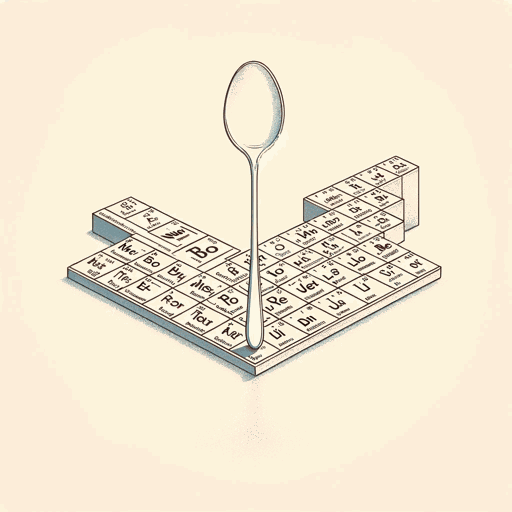93 pages • 3 hours read
Sam KeanThe Disappearing Spoon: And Other True Tales of Madness, Love, and the History of the World from the Periodic Table
Nonfiction | Book | Adult | Published in 2010A modern alternative to SparkNotes and CliffsNotes, SuperSummary offers high-quality Study Guides with detailed chapter summaries and analysis of major themes, characters, and more. For select classroom titles, we also provide Teaching Guides with discussion and quiz questions to prompt student engagement.
Exam Questions
Multiple Choice and Long Answer questions create ideal opportunities for whole-text review, unit exam, or summative assessments.
Multiple Choice
1. What is Kean’s purpose in writing The Disappearing Spoon?
A) To inspire the reader by including stories and odd facts to explain elements.
B) To entertain the reader by describing fascinating aspects of the periodic table.
C) To create an exhaustive study on the periodic table to provide information.
D) To persuade the reader to develop a deeper understanding of the elements.
2. What is the origin of atoms?
A) They are formed by gravity.
B) They have always existed.
C) They come from outer space.
D) They are formed in labs.
3. According to Sam Kean, what is one way elements have created social upheaval in economies?
A) Elements have been used in construction to spur urban development.
B) Elements have been used in agriculture to increase crop yield, displacing farmers.
C) Technological advancements containing elements have created new job opportunities.
D) The discovery of elements has caused farmland abandonment and famine.
4. Which element is referred to in the title of the book The Disappearing Spoon?
A) Gallium
B) Titanium
C) Copper
D) Iron
5. Where does much of the funding for science come from?
A) Taxes
B) Political representatives
C) Military budgets
D) Sponsorship
6. What solutions proposed by scientists create greater accuracy in measurement?
A) Using a central location to recalibrate measurement copy prototypes.
B) The use of measurements in nature to define measurement tools.

